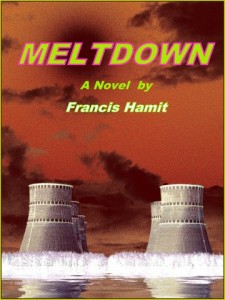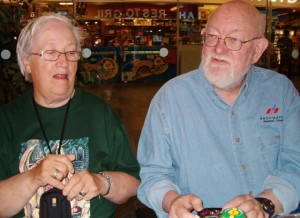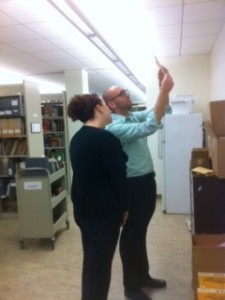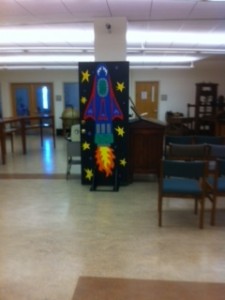David Klaus sent me a link to ”Magnetic Moon” and his comment — “Another WHAMMO! explanation for an anomaly.”
In the nearly five decades since the first lunar surveys were conducted as part of NASA’s Apollo program, scientists have advanced a number of increasingly complex theories to explain the vast swaths of highly magnetic material that had been found in the some parts of the Moon’s crust.
But now a team of researchers from Harvard, MIT and the Institut de Physique du Globe de Paris, have proposed a surprisingly simple explanation for the unusual findings – the magnetic anomalies are remnants of a massive asteroid collision. As described in a paper published in Science, the researchers believe an asteroid slammed into the moon approximately 4 billion years ago, leaving behind an enormous crater and iron-rich, highly magnetic rock.
David concludes: “So much for Clarke’s TMA-1, but add points for Deep Impact and Lucifer’s Hammer.”
Footnote: If anyone hasn’t guessed, David is referencing 2001: A Space Odyssey:
The object before which the spacesuited man was posing was a vertical slab of jet-black material, about ten feet high and five feet wide: it reminded Floyd, somewhat ominously, of a giant tombstone. Perfectly sharp-edged and symmetrical, it was so black it seemed to have swallowed up the light falling upon it; there was no surface detail at all. It was impossible to tell whether it was made of stone or metal or plastic – or some material altogether unknown to man.
“TMA-1,” Dr. Michaels declared, almost reverently.




